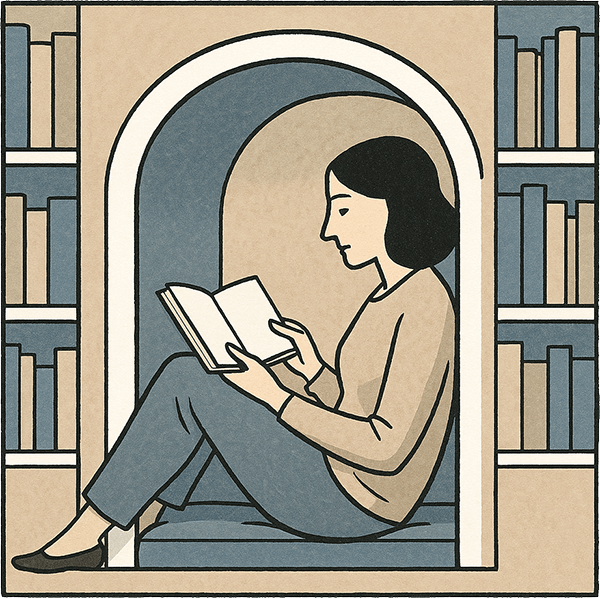Have you decided to write a non-fiction book, but aren’t sure how to go about doing research? From methods to organization, non-fiction research forms the backbone of good non-fiction writing. After all, it’s all about offering your readers information on the topic, in an interesting, engaging, and organized way. So much of this process starts with research, and for non-fiction authors, no amount of good writing will compensate for a lack of good research. These non-fiction research tips will help get you started.
Thinking about non-fiction research
Instead of viewing research as a chore that needs to get done before writing, it’s important to realize that non-fiction research is a fundamental piece of the writing process itself. The best non-fiction authors enjoy their research process as much as they enjoy writing. According to Jeff Biggers, writing for WritersDigest.com, non-fiction authors must “straddle the line between being artists and archivists.”
Don’t rush your research, and err on the side of getting more information than you need, rather than too little. Non-fiction research is about more than just collecting a set of facts to regurgitate for your readers. As Biggers points out, even the research you don’t directly use in your book will help you formulate the big-picture narrative of your non-fiction book.
Your research process will help you develop the themes, tone, and story of your book as well as the factual content. In fact, the idea you start with in your head may shift quite a bit when confronted with the facts. You don’t really create an idea the way you do with fiction. Instead, your story will stem from your research, and it’s up to you to tell it in an engaging way. So getting the facts is really just the beginning.
How to research
Your mode of research will depend on what you’re researching. But in any case, you’ll be balancing other published sources with first-hand research. On the one hand, you’ll want to become an expert on what’s already been written on your subject. On the other hand, you’ll want to do your own work, such as interviews, to bring something new to your subject that your readers can’t get from other books.
The first step is simple, at least in concept—read exhaustively on your subject. The more relevant a book is to your subject, the more important it is to read it. Then, you can work outward from there to establish context. For example, if you’re writing about the history of a California town that sprang up during the gold rush, you’ll want to first make sure you read everything that’s been published about the history of the town during that period. From there, you can move on to the broader history of California’s gold rush, and the history of the state during this period of time.
Whether you’re using digital or physical notes, you’ll need to keep them well organized by subtopic and source. You want to make sure you can easily access your notes later, put them in context, and attribute them to the correct source (this last one is especially crucial). The best way to do this is to use folders, whether they’re physical or digital. And if you feel like you need an extra organizational boost, you can use programs like Evernote.
Needless to say, published material isn’t limited to just books. You’ll want to look into documentaries, newspapers, and beyond. Ultimately your job will be to distill facts and context that you’ll use to build your narrative. Published work will help form the context of your own narrative, while ensuring your readers get all of the most relevant information from this other work without having to read it all themselves.
Getting out there
But what will really set your work apart is first-hand research in the field, directly from sources. These can be primary sources like original documents, or interviews with experts and those directly involved with your topic. If you’re writing about a place or an event in a specific location, you’ll likely want to travel there in search of locals with first-hand knowledge, and other primary sources.
Again, this isn’t just about facts—you’ll want to get a sense of what a place feels like so you can set the stage for your readers. Much of the most popular non-fiction is narrative non-fiction, which relies on many of the same tools as fiction to paint a picture of settings and characters. This goes beyond history topics too. If you’re writing a book about oceanography or marine life, you can visit the coastal towns and labs where research is conducted. Most non-fiction will involve a setting of some kind, and this experience will help you immerse the reader in your story.
Personal interviews will often form the backbone of this original research. For our example of a book on a California gold rush town, you could interview local historians, or residents who may have a family history that ties in to your topic. They may even be able to point you to documents and photos you can use. And of course, if you’re writing about more recent history, you’ll want to interview those who experienced an event or period first-hand.
Being a good interviewer is key here, and it is an art in itself. You’ll want to do your other research first so you can formulate the right questions. And when it comes time to interview, you’ll want to practice journalistic interview techniques to get the most from your subject. In short, it’s a balancing act—between planning your questions and adapting to what your subject wants to discuss, and between making them comfortable while not being afraid to ask tough questions.
Without proper non-fiction research, you won’t have a good non-fiction book; it’s as simple as that. So make sure you take the time to do it right and give it the same respect you would give the writing process itself and come up with an eye-catching title.




